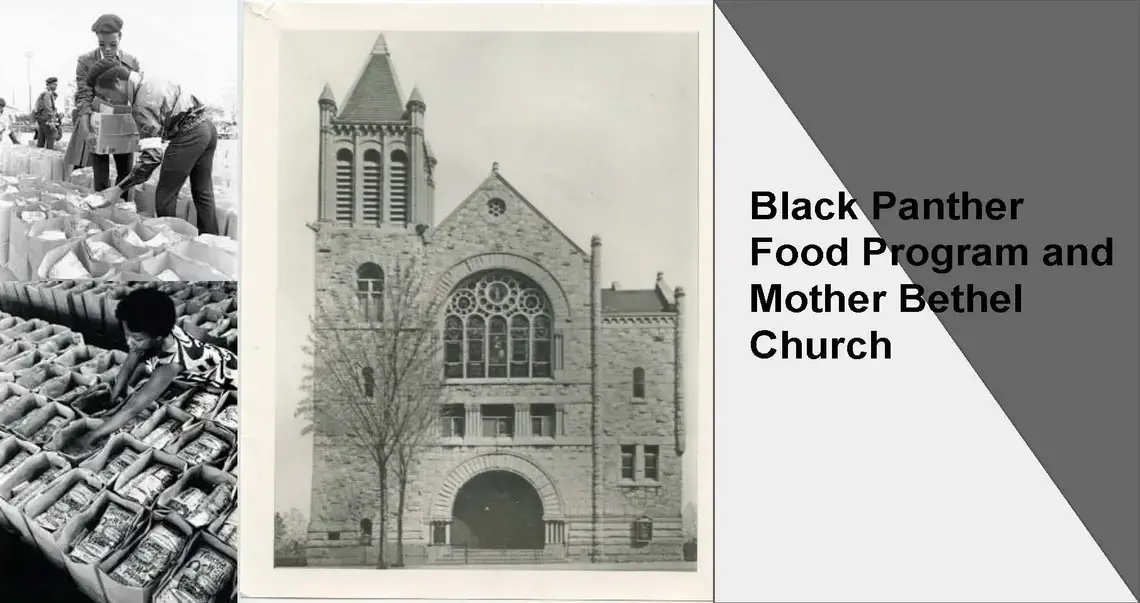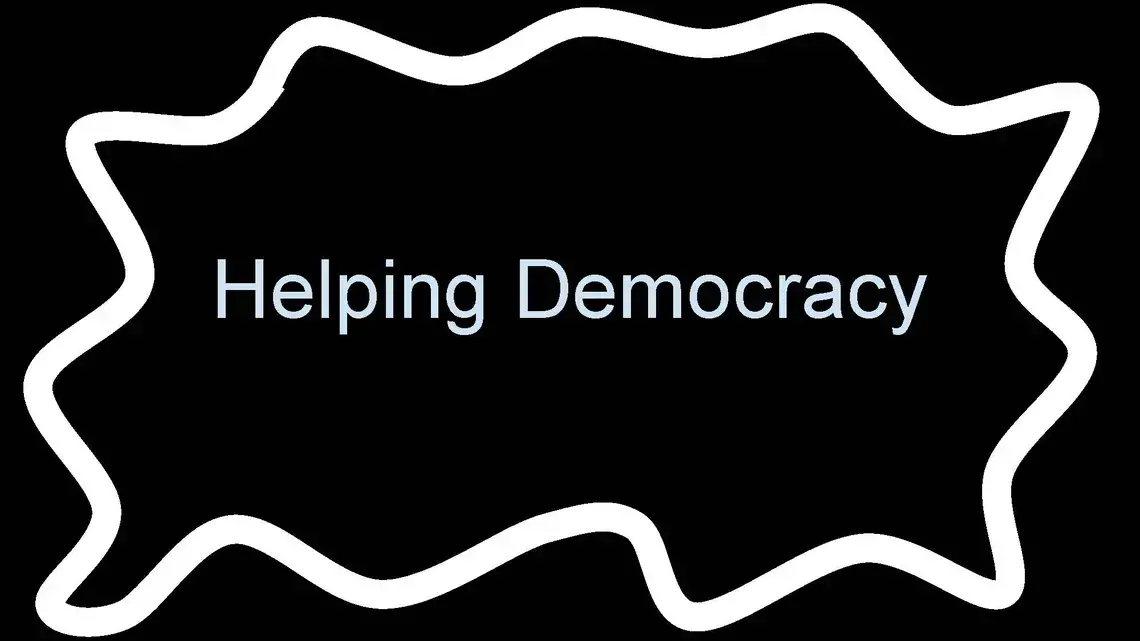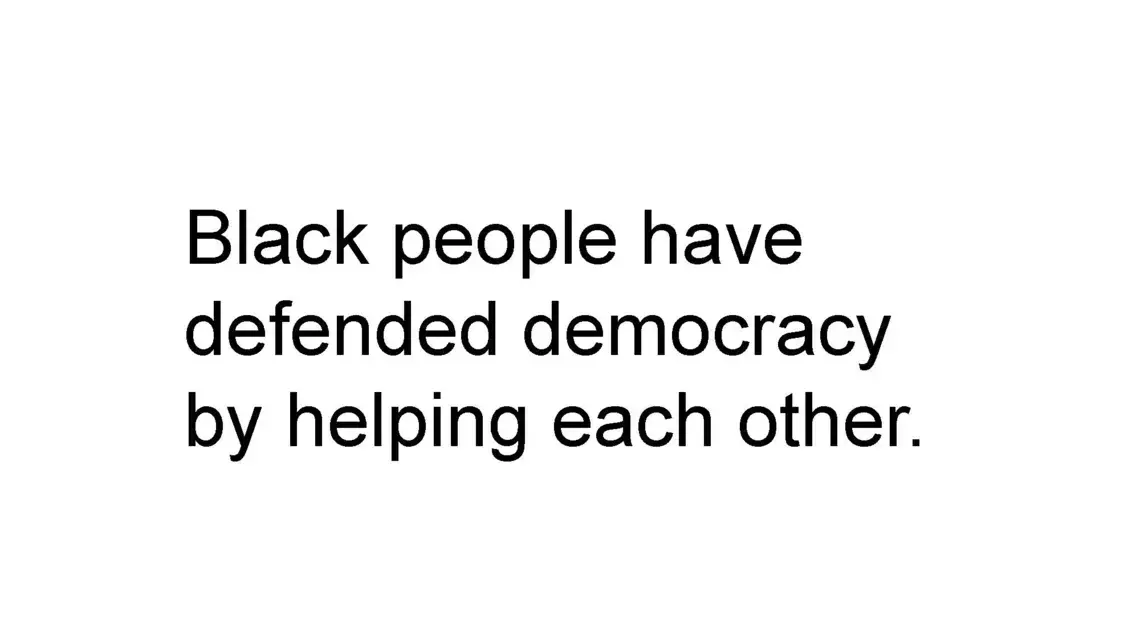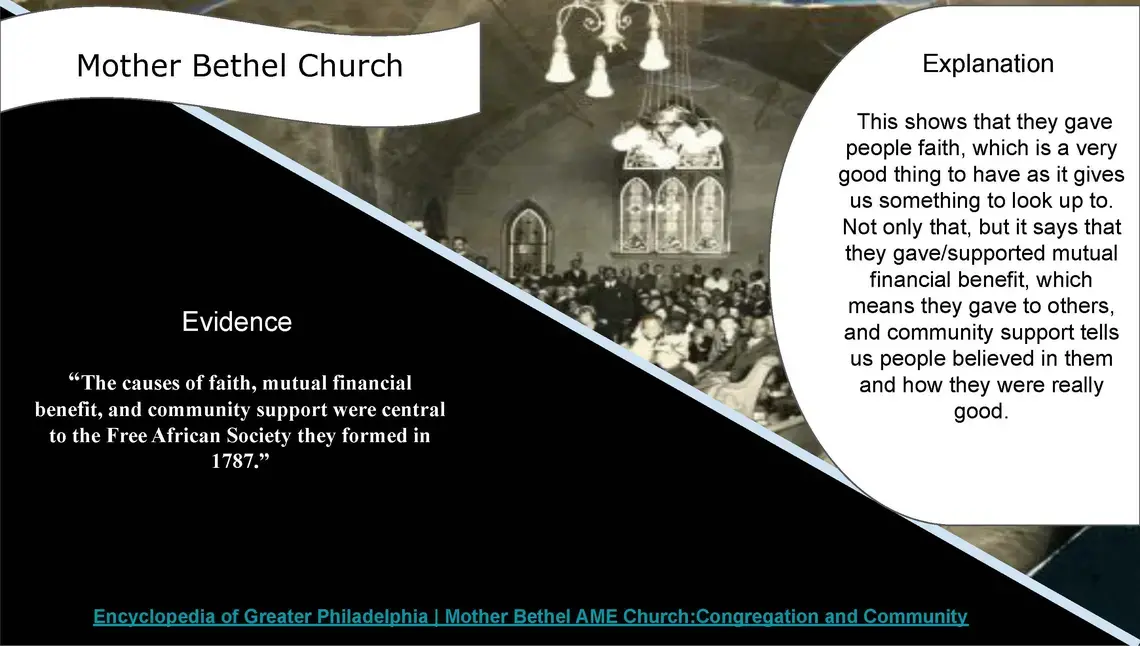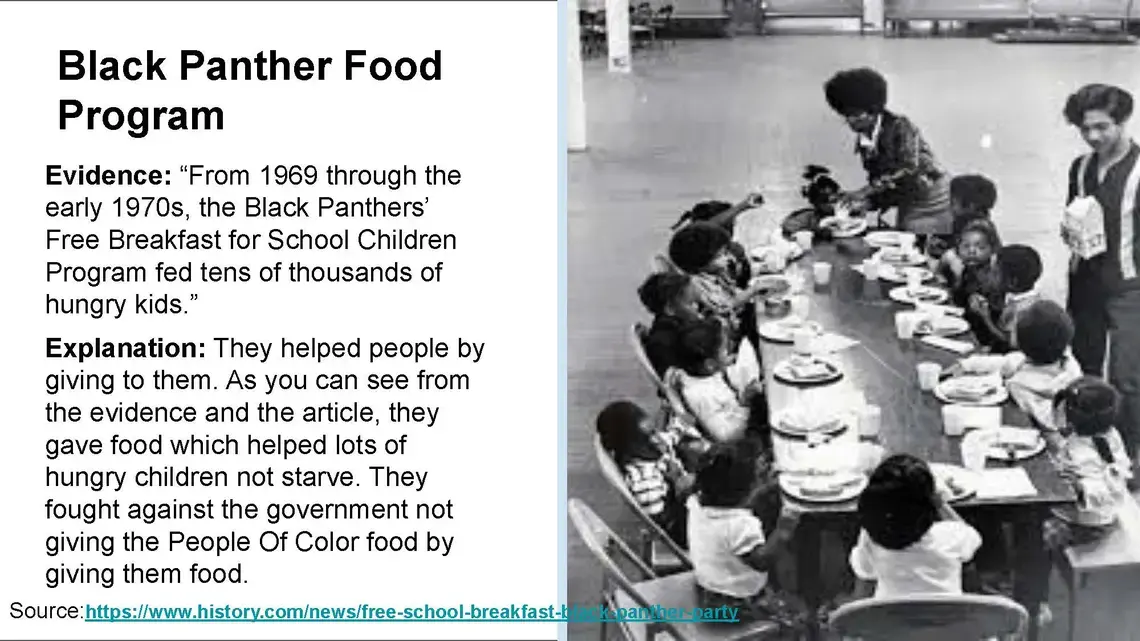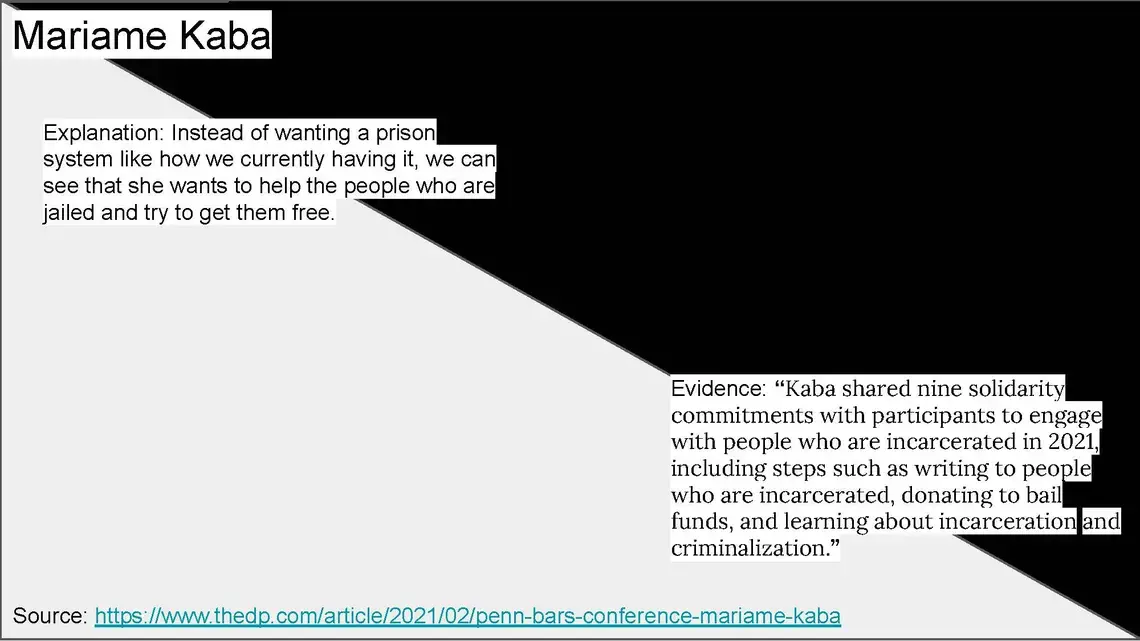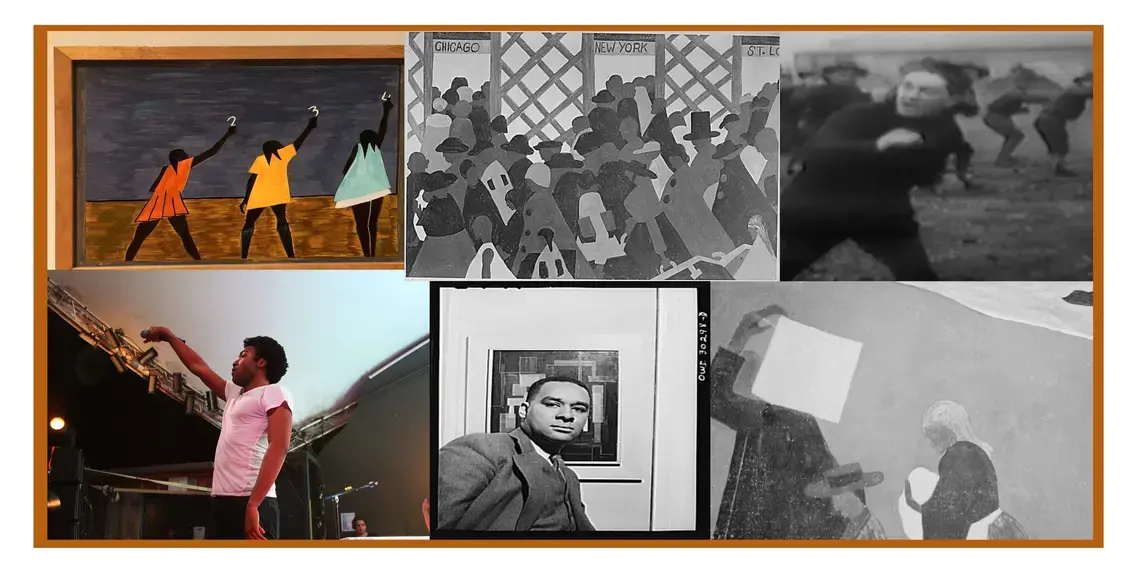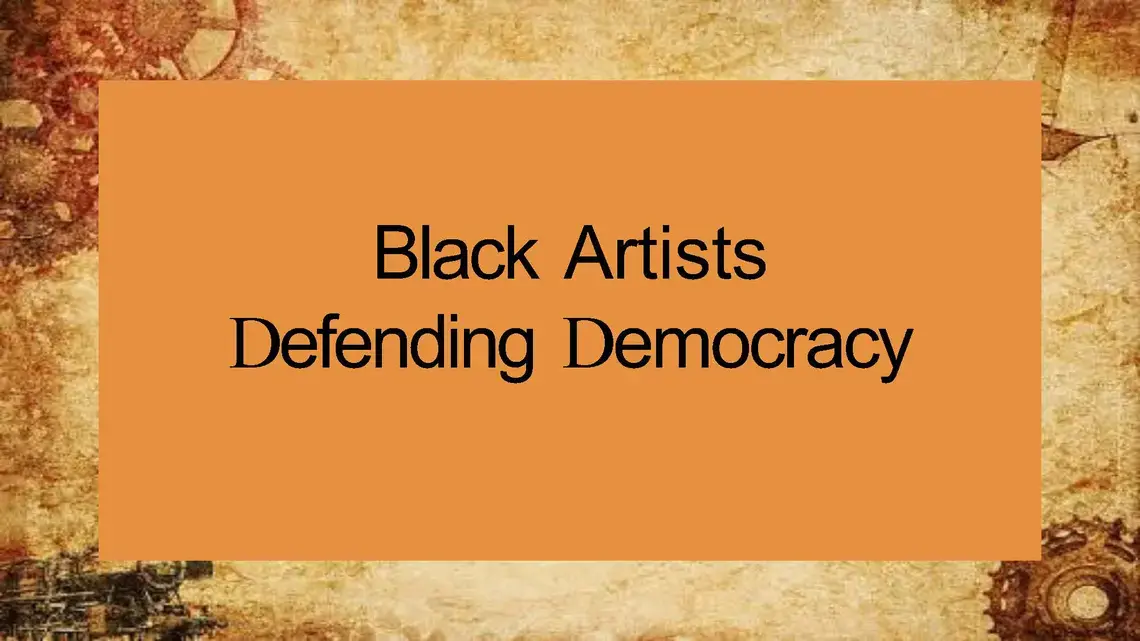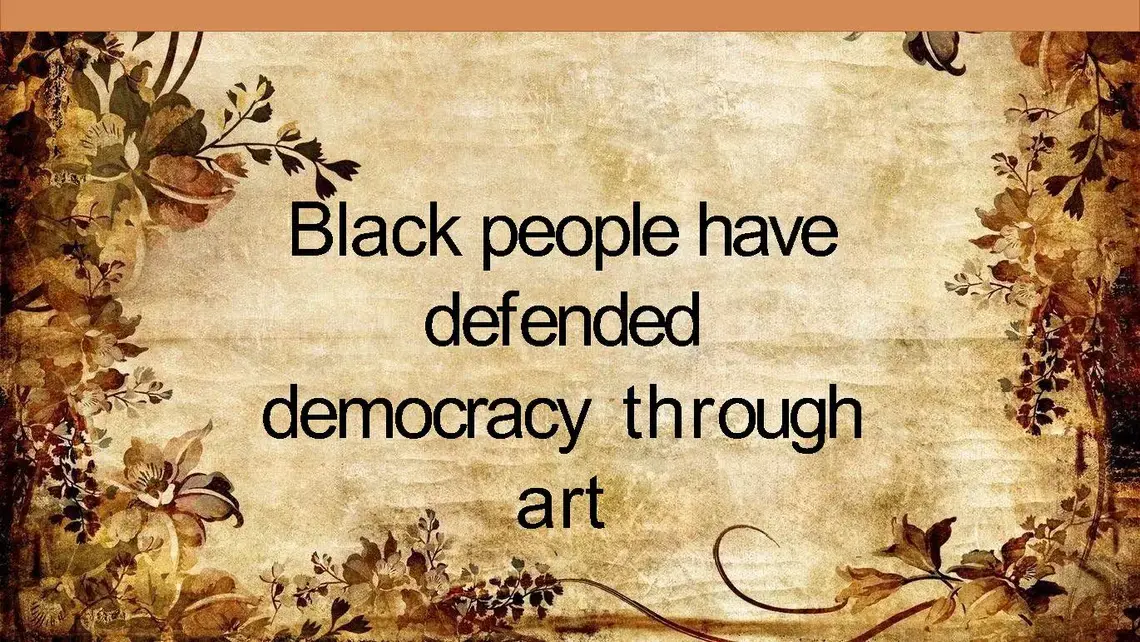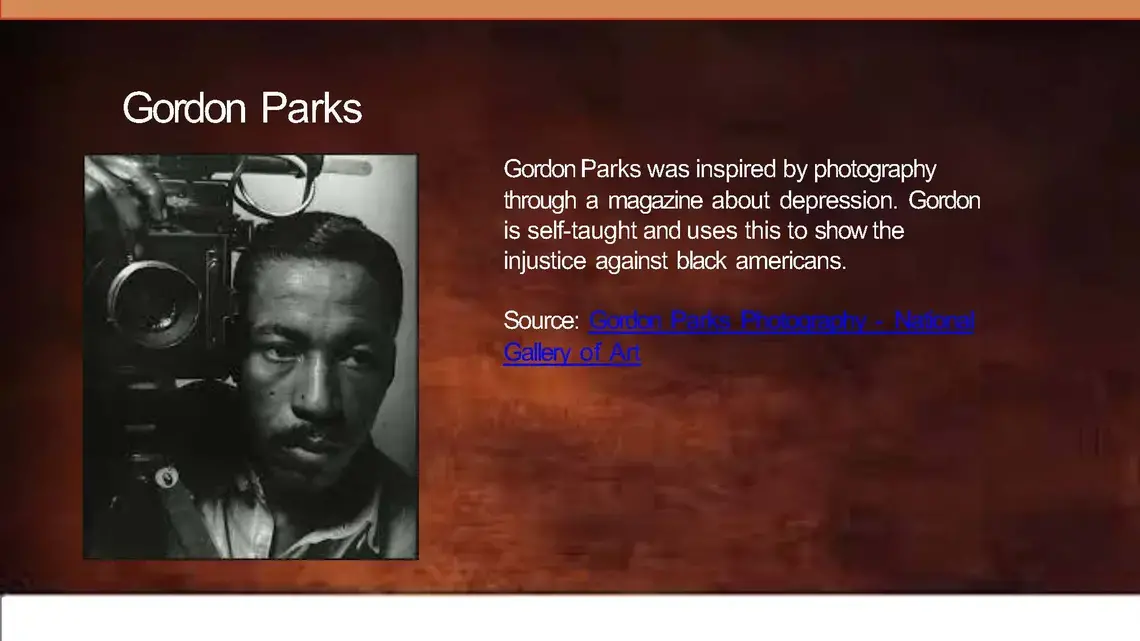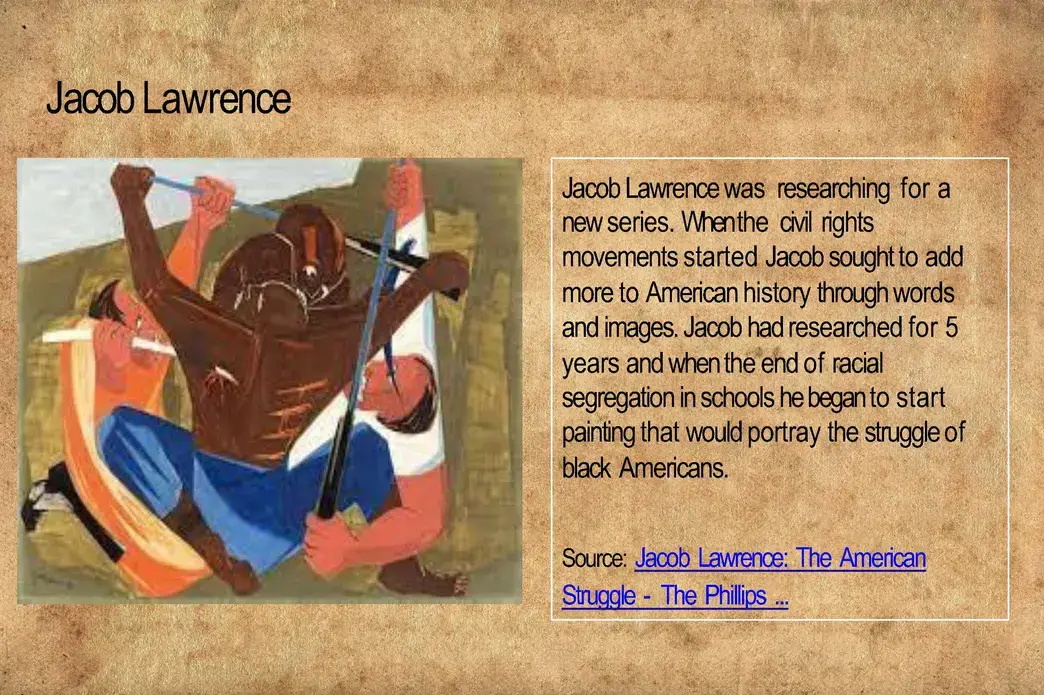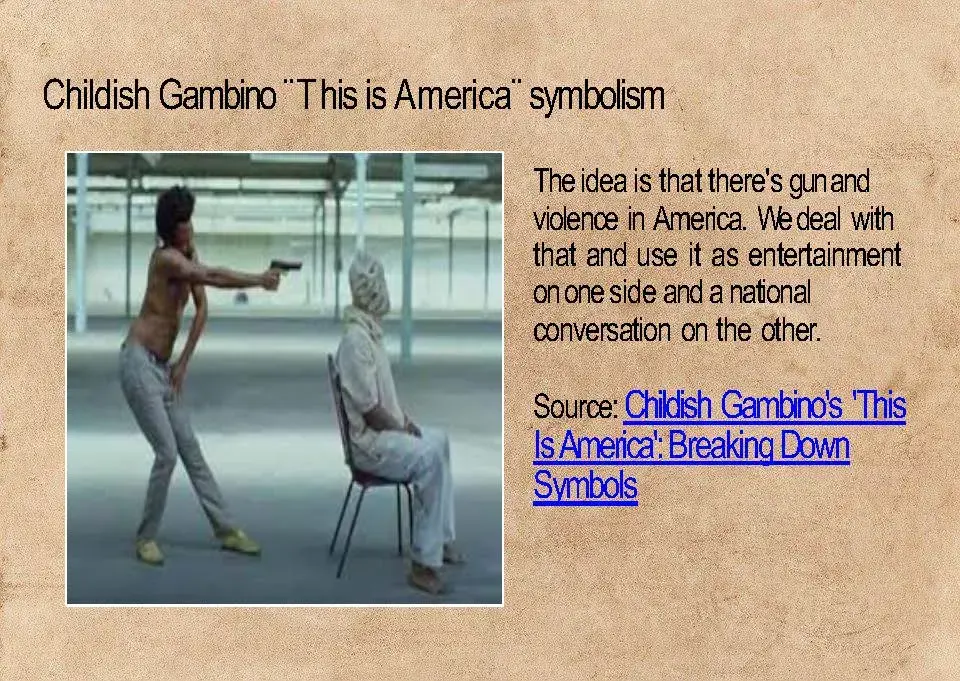This unit was created by educators in Chicago, IL, as part of the 2021 cohort of The 1619 Project Education Network. It is designed for facilitation across approximately 28 class periods.
Objectives
Students will be able to...
- Create and defend a claim, based on multiple pieces of evidence, about how Black people have defended democracy
- Conduct an investigative report about a current, local, underreported defender of democracy
- Develop a plan for a civic action to defend democracy
Essential Questions
- How and why have Black people defended democracy?
- Who is defending democracy in our communities and why?
- In what ways can I be a defender of democracy and why?
Unit Overview
Although the United States has been called a democracy from its earliest origins, Americans have always disagreed about who has the right to participate in our democracy. Students will learn that throughout our nation’s history, many Black Americans have played a pivotal role as “defenders of democracy,” taking actions to demand that the right to fully participate in our democracy is extended to all Americans equally.
As we look at the history of our nation, students will see that the definition of who has the right to participate has broadened and continues to broaden, in large part thanks to the activism of Black Americans. Yet even today, our democracy is not perfect. The ongoing work of defending democracy continues, and as we look for modern-day “defenders of democracy,” students will find that the members of their communities are taking up that mantle in many different ways. Additionally, students will come to see themselves as fellow “defenders of democracy,” taking actions informed by careful planning and collaboration, to advocate for equality and justice for ourselves and our communities.
The unit consists of three inquiries, which culminate in a claim-based research task, an investigative journalism piece, and an informed action project.
Performance Task
Each inquiry results in a unique performance task designed to advance the learner’s engagement with themes of the unit.
At the end of Inquiry 1, students create and defend a claim, based on multiple pieces of evidence, about how Black people have defended democracy. The final product will take the form of a web page submission to the Defenders of Democracy Hall of Fame, using multiple examples to show a way that Black people have defended democracy.
At the end of Inquiry 2, students conduct an investigative report about a current, local defender of democracy - an underreported
story. The final product will take the form of a web page submission to the Defenders of Democracy Hall of Fame, profiling a local person or organization.
At the end of Inquiry 3, students develop a plan for civic action to defend democracy, possibly execute the plan or take a beginning step to execute the plan. Reflect on the scope of the planned action and its impact on the intended audience.
28-day unit plan for teachers, including pacing, texts and multimedia resources, and worksheets for student projects. Download below, or scroll down to read the complete unit plan.
Unit Resources
Common Core State Standards
- CCSS.ELA-LITERACY.RH.6-8.1: Cite specific textual evidence to support analysis of primary and secondary sources.
- CCSS.ELA-LITERACY.RH.6-8.2: Determine the central ideas or information of a primary or secondary source; provide an accurate summary of the source distinct from prior knowledge or opinions.
- CCSS.ELA-LITERACY.RH.6-8.6: Identify aspects of a text that reveal an author's point of view or purpose (e.g., loaded language, inclusion, or avoidance of particular facts).
- CCSS.ELA-LITERACY.RH.6-8.7: Integrate visual information (e.g., in charts, graphs, photographs, videos, or maps) with other information in print and digital texts.
- CCSS.ELA-LITERACY.RH.6-8.10: By the end of grade 8, read and comprehend history/social studies texts in the grades 6-8 text complexity band independently and proficiently.
Illinois Learning Standards
- SS.IS.2.6-8: Ask essential and focusing questions that will lead to independent research.
- SS.IS.3.6-8: Determine sources representing multiple points of view that will assist in organizing a research plan.
- SS.IS.8.6-8.MdC: Assess individual and collective capacities to take action to address problems and identify potential outcomes.
- SS.IS.8.6-8.MC: Apply a range of deliberative and democratic procedures to make decisions and take action in schools and community contexts.
C3 Framework for Social Studies Standards
- D2.Civ.8.6-8. Analyze ideas and principles contained in the founding documents of the United States, and explain how they influence the social and political system.
- D2.Civ.14.6-8. Compare historical and contemporary means of changing societies, and promoting the common good.
- D2.His.3.6-8. Use questions generated about individuals and groups to analyze why they, and the developments they shaped, are seen as historically significant.
- D2.His.16.6-8. Organize applicable evidence into a coherent argument about the past.
WIDA Standards
Standard 1: Social and Instructional Language
Cognitive Function: Students at all levels of English Language proficiency DISCUSS their reactions, questions, and research findings.
Topic-Related Language: evidence, reasoning, example, explain, define, claim, consensus
Standard 5: The language of Social Studies
Cognitive Function: Students at all levels of English Language proficiency INQUIRE and ANALYZE how historical documents answer the question “Who defends democracy?”
Topic-Related Language: inquiry question, subquestion, sourcing, interpretation, investigative journalism, underreported story, ethics, analysis
Accessibility Considerations for English Language Learners and students with IEPs:
- Multiple means of input (audio, video, writing, graphics)
- Multiple means of output (handwritten, typed using speech-to-text, dictated to a scribe; using sentence stems, multiple choice or graphic organizers; allowing private, small group, or recorded responses in place of whole group discussion participation)
- Flexible timing on assessed work, including feedback with opportunities to revise before final grade/proficiency is measured
- Student choice embedded where possible (topic of inquiry, group size, format of work product)
- Intentional groupings, including: work with same-language peer to discuss using home language; work with a peer who can model proficient English; work with teacher to have text read aloud; work with preferred partner(s); allow to work independently
- Provide large-print or high-contrast versions of texts as needed; allow students to read on-screen or on paper as needed
Performance Task
Each inquiry results in a unique performance task designed to advance the learner’s engagement with themes of the unit.
At the end of Inquiry 1, students create and defend a claim, based on multiple pieces of evidence, about how Black people have defended democracy. The final product will take the form of a web page submission to the Defenders of Democracy Hall of Fame, using multiple examples to show a way that Black people have defended democracy.
At the end of Inquiry 2, students conduct an investigative report about a current, local defender of democracy - an underreported story. The final product will take the form of a web page submission to the Defenders of Democracy Hall of Fame, profiling a local person or organization.
At the end of Inquiry 3, students develop a plan for civic action to defend democracy, possibly execute the plan or take a beginning step to execute the plan. Reflect on the scope of the planned action and its impact on the intended audience.


